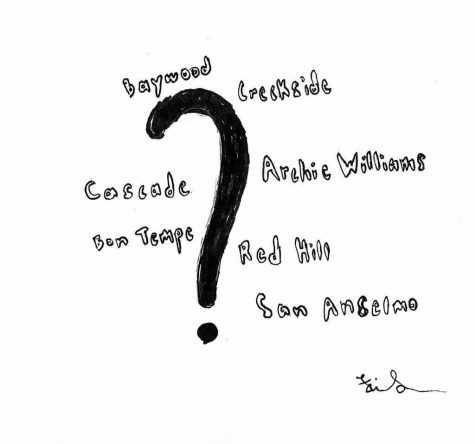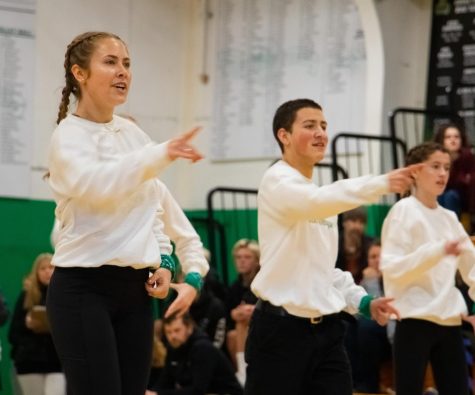Reading challenge shines light on under-appreciated female authors
Whether writing autobiographies or fiction, women have contributed to the world of literature while not being fully acknowledged. To commemorate the anniversary of the ratification of the 19th amendment, an internet challenge recognizes women for their literary accomplishments.
The podcast “Reading Woman” began the challenge to spend 2019 reading books by female authors, and announces their intention as “[encouraging] you to read widely.”
The goal is to explore underestimated and unattributed narratives. Past female authors have been known to publish their work anonymously or under a male pseudonym such as Currer, Ellis, and Acton Bell, who are really the sisters Charlotte, Emily, and Anne Bronte. While frequently underappreciated during their lives, female authors have often provided valuable contributions to gaps in historical narratives.
Sappho, the ancient Greek poet, illustrates this problem perfectly. Her life, shrouded in mystery, has failed to attract mainstream attention. There is also a lack of biographical information, and in appearances in history books. The reason for this scrutiny was that she, like many others, could not quite conform to standards of the time. First off, Sappho was a female intellectual during a time and culture that widely discredited or even banned women’s’ contributions. She’s also widely acknowledged as being a lesbian.
While her contribution to history may seem insignificant at first, her work actually had a lasting impact in the world of Grecian artistic achievements, and women in ancient literature.
In Dec. 1847 a volume containing “Wuthering Heights” and “Agnes Grey” was published under the pseudonyms Emily and Anne Bronte, respectively.
While Charlotte and Emily had a flair for the grim and dramatic, Anne created narratives entirely real.
While the novel does not dramatize or romanticize, it provides a worthwhile glimpse into the harsh realities of working women in the Victorian era. While “Jane Eyre” might contain twists and tragedies implausible in real life, “Agnes Grey” shows that the realities of a governess can be just as interesting.
Both books obviously deserve merit as classics, one as a work of dramatic but enthralling fiction, the other providing an accurate portrayal of normal people’s lives. Both explore the struggle working-class women faced in a society that made them all but invisible.
While Daphne du Maurier’s “Rebecca” is well known for being an eerie mystery, Maurier’s original angle for the book shows the variance in relationships from its publication in the thirties and today.
The power dynamic between the heroine and her husband, the wealthy and Mysterious Maxim De Winter, appears odd in modern times. There is a large age gap, and in several parts he talks to her as a child, telling her to dress up as “Alice in Wonderland” for a costume ball.
The relationship would never have passed without scrutiny in today’s age, but the power dynamic between the two was hardly uncommon. While the novel has a fantastically mysterious plot, the character relationships provide a glimpse at the questionable position of young wives.
These stories range from heartbreaking to gruesome, but the perseverance of women in powerless positions is nonetheless inspiring.
As demonstrated by these pieces, while women have lacked precedence or power in the historical narrative, their contributions to literature showcase the female experience throughout history.
Your donation will support the student journalists of Archie Williams High School. Your contribution will allow us to purchase equipment and cover our annual website hosting costs. Each donation will receive a magazine subscription for a year (6 copies a year), and become a part of the important work our publication is doing.
$35 -- Subscription to the magazine
$50 -- Silver Sponsorship
$75 -- Gold Sponsorship
$100 -- Platinum Sponsorship











